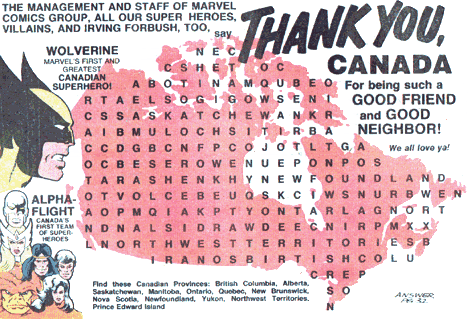I tried to check this book out from the library, but it turns out the library does not have a copy of it. "All right," I thought, "screw research." As such, this post will be light on the history, heavy on the Wikipedia, and exhaustive on the skaters in silly costumes.
This is as it should be.
We begin our journey in 1772 when an Englishman named Robert Jones published A Treatise on Skating. He described ice skating as a formal and stiff affair-- that is to say totally and completely English in every way. (To review, the Irish dancers keep their arms rigid because the English tried to root out free-wheeling Irish culture and make everything as staid and inelastic as possible.) This "English Style" of ice skating would not last long, though.
In the mid-1860s, instead of, you know, defending freedom and justice in the American Civil War, Jackson Haines was developing the figure skating style we now know and love. He was a ballet dancer, and he worked to incorporate the same grace and performance into his figure skating performances. He was the first to incorporate much of what we now understand figure skating to be-- the first to incorporate music, the first to actually attach the blades to his boots (instead of, you know, strapping them on), and the first to really do athletic moves in skating. As it turns out, it was hard to stick your landing when your skates were attached with what was basically twine.
Also please note the early introduction of ridiculous costumes.
Meet Madge and Edgar Syers. Madge is, to date, the oldest Ladies' gold medalist at age 27.
Also, what is going on with her hat (head cake)?
Join us next time as we bring skating into the modern era with all kinds of technological advancements. Mostly? Sequins.









